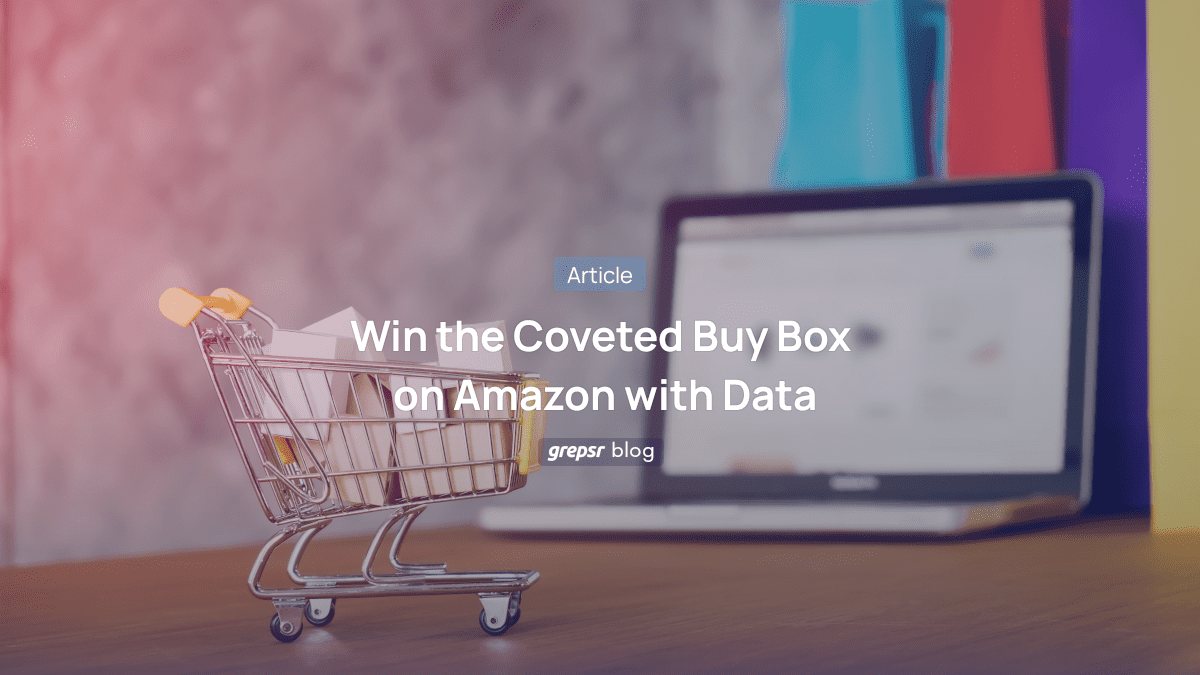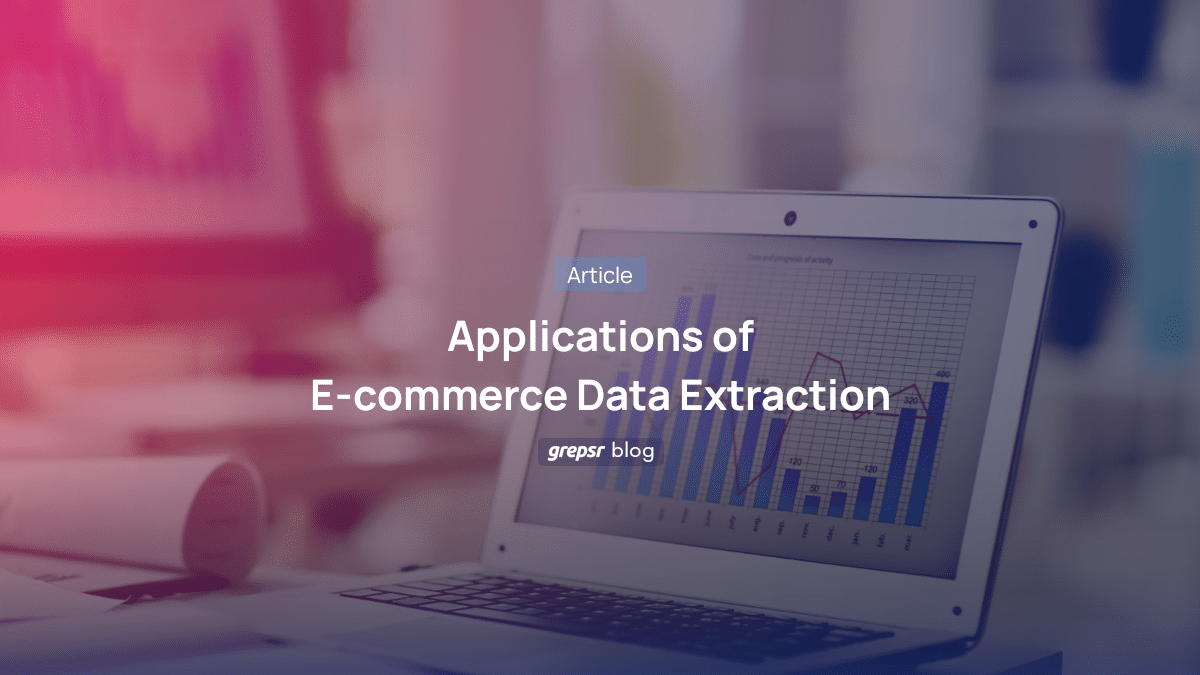
In an ideal world, brands would put a fair price cap on their products, which would then be followed religiously by retailers throughout the internet.
It would create a superior brand reputation and generate satisfied customers who keep coming back to buy similar products from them.
The consumer would have no reservations about buying a product from any outlet, for the customer will know that there are no underhanded tactics involved, no seller trying to be deceitful.
Brands would be empowered to direct all their attention toward making better products.
And small retailers would be able to compete with the heavyweights on equal footing.
The reality, however, is totally different. There is no way that you can be absolutely sure that your distributors are complying with the MAP policy. More often than not, they don’t. Hence, the rise of MAP monitoring with data as a service.

Importance of MAP Monitoring
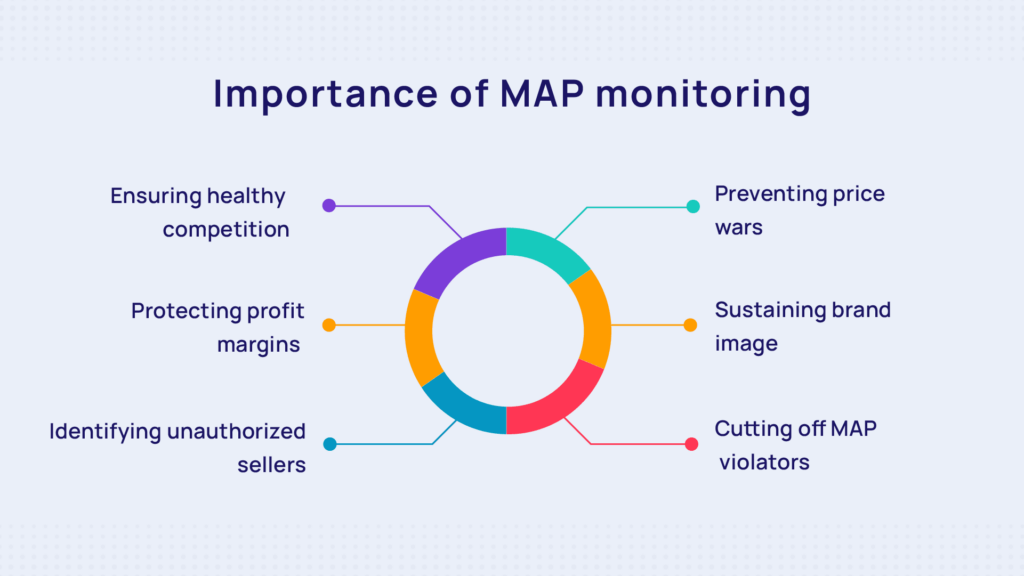
The Minimum Advertised Price or MAP is the lowest price a retailer can display for a product on sale. The product’s manufacturer commonly sets it and pre-agrees with retailers.
While retailers are free to sell products at lower prices in-store, they’re not allowed to offer the same product at reduced rates when listing them online or in advertisements.
Price is almost always the deciding factor for consumers. When retailers disregard MAP and sell your products at varied prices, it adversely affects your brand’s public image.
While still a common practice, not all retailers ignore and violate MAP agreements just because they want to. Most run out of options and are forced to take this route to stay afloat in an increasingly competitive marketplace.
Some would even go as far as to sell at a clear loss, just to earn positive reviews and win the ‘Buy Box’ on Amazon!
Nevertheless, one cannot overstate the importance of monitoring your retailers regularly. It’s your product and your brand on the firing line after all.
MAP monitoring done right
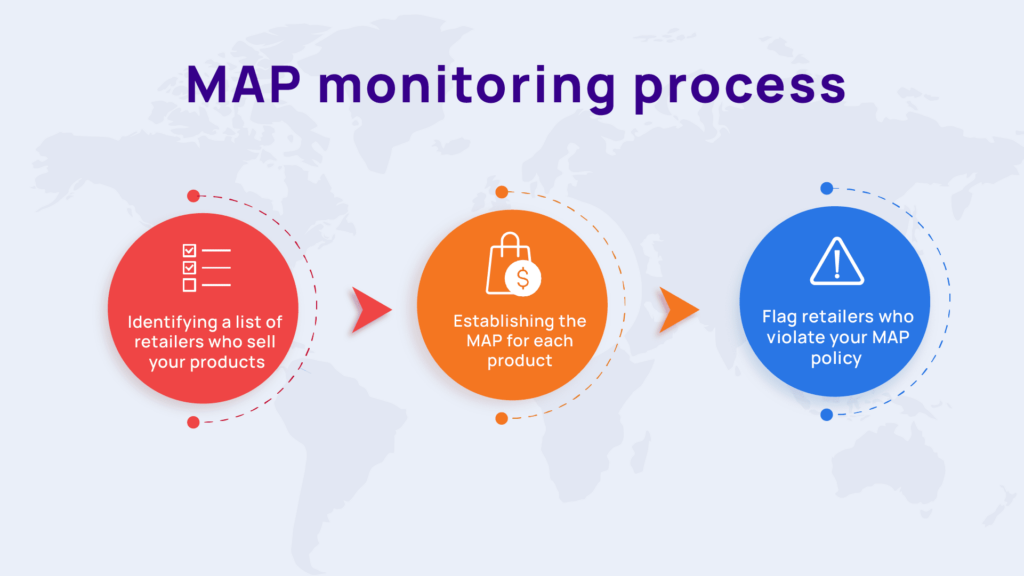
After getting retailers onboard your MAP compliance agreement, the next crucial phase is to set up a sustainable MAP monitoring process. You could, of course, try to do this manually – visit hundreds of product URLs and compare the price of each product with the MAP.
That’d be highly error-prone and time-consuming. An automated process is the way to go, especially when you have a whole roster of products to monitor.
The automated MAP monitoring with data process includes the following key steps:
- Identifying a list of retailers who sell your products
- Establishing the MAP for each product
- Flag retailers who violate your MAP policy
Grepsr monitors MAP in a similar way to how it monitors competitive pricing. You can provide us with a list of products and retailers to track for MAP compliance. Then, we search for each product individually across each retailer’s website or online registry.
By comparing the pre-agreed MAP with the price they are selling at, we deliver a detailed report of all MAP violations.
List of products we checked for MAP violations:
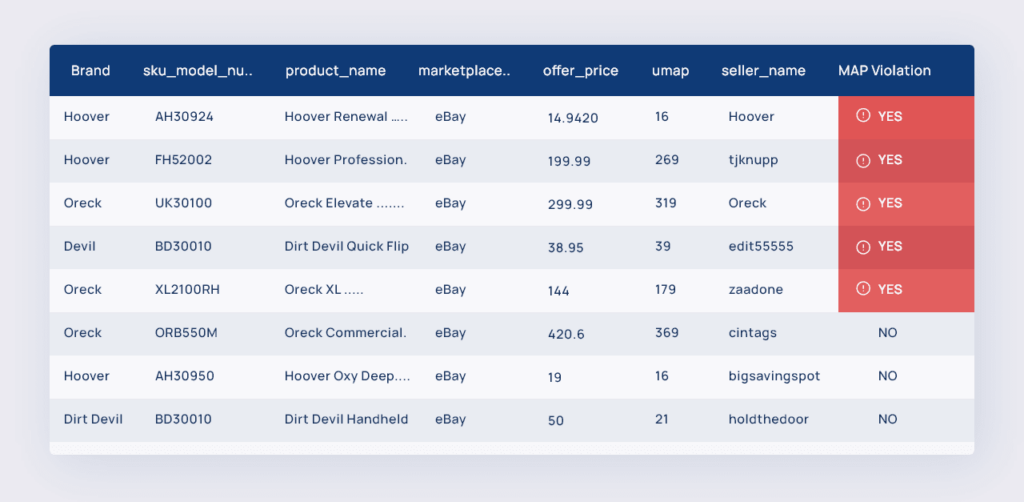
To avoid wrongly flagging refurbished products, we have a system in place. It actively detects these nuances and prevents second-hand products from being marked for MAP violations.
In addition, Grepsr’s scheduling feature allows you to configure the entire system to run automatically. At specific intervals you prefer – hourly, daily, weekly, monthly, and so on.
For your convenience, we also include time-stamped screenshots of product pages as proof of MAP compliance or lack thereof.
When a retailer violates a MAP agreement, we send alerts immediately so you can take quick action. For instance, in the above dataset, since edit55555 has violated the MAP, you’ll get the following message as soon as we discover it:
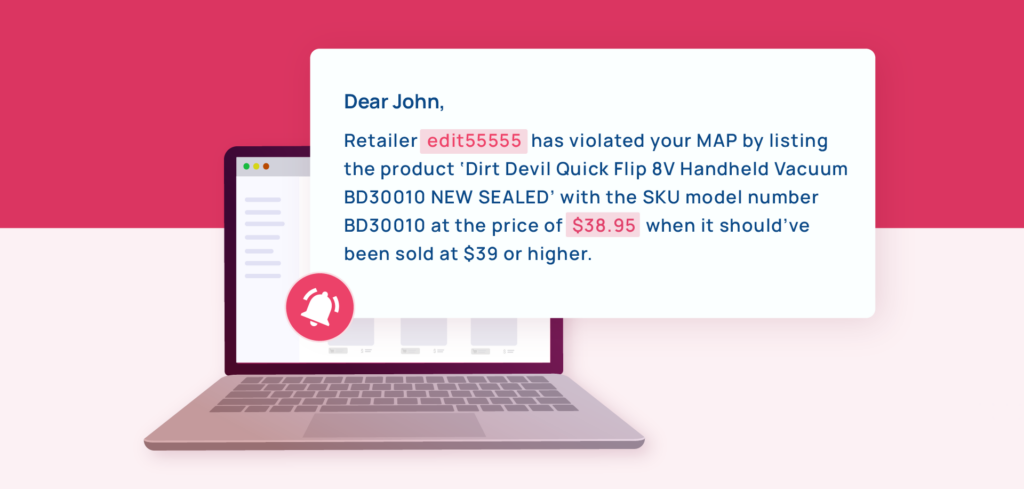
The takeaway
A MAP compliance agreement is one of the most efficient methods for manufacturers and brands to protect themselves from and prevent price violations.
MAP agreements are crucial to ensure good brand reputation, prevent price wars, and protect profit margins. When practiced fairly, MAP agreements enable a healthy environment for both retailers and consumers.
Still, you need to monitor the MAP of your retailers across all e-marketplaces to ensure they abide by the basic principles.
Grepsr automates the entire MAP monitoring with data process for you to do what any brand would do in an ideal environment. As we mentioned at the beginning of this article, i.e. focus on improving customer experience and building better products.
Our MAP monitoring service enables retailers to compete on even terms, and customers to get a fair price for products they love.
This way, everybody wins!












